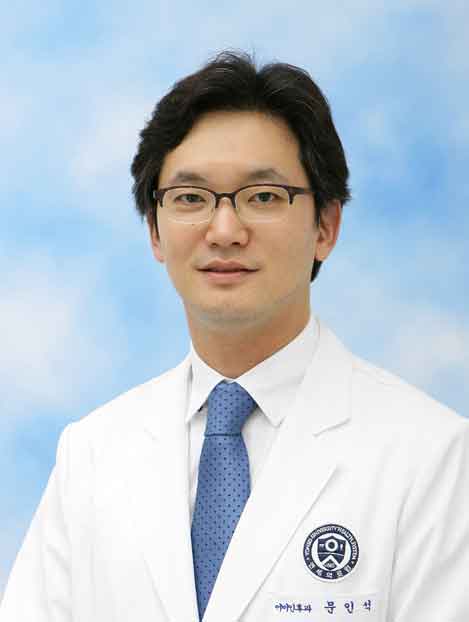Researchers at Severance Hospital have discovered that endoscopic surgery can reduce surgery time and increase satisfaction for auditory neoplasm patients compared with conventional gamma knife surgery or craniotomy, the hospital said Wednesday.

Although the symptom mainly occurs in one side of the year, some patients show signs in both ears. Neuroendocrine tumors are benign tumors that originate inside the vestibular snail nerves, which are responsible for equilibrium sensation and hearing. The symptom mainly occurs in patients in their 40s to 50s. The diseases can accompany hearing loss, tinnitus, and dizziness, and in severe cases lead to nerve stress-out, which in turn, results in facial paralysis and gait dislocation.
Until now, gamma knife surgery or craniotomies was the most common operation method in treating neuroendocrine tumors. However, the disease often reoccurred as the procedure did not completely remove the tumor.
The research team, led by Professor Moon In-seok of the department of otorhinolaryngology at the hospital, removed benign neuroendocrine tumors by going through the ear canal using an endoscopic technique on seven patients. The patients had shown exhibited Koos Grade I/II tumors and severe-to-profound hearing loss, before the operation.
Moon’s is the world’s second team that succeeded in removing a neuroendocrine tumor through endoscopic surgery.
As a result, the mean of the operation time was 194 minutes (± 64.9 minutes), shorter than the conventional method (351.6 minutes ± 5.8 minutes), while the hospitalization period was 7.4 days (± 1 days) compared to nine days(± 0.7 days). Also, patient questionnaires showed no surgical wounds and higher satisfaction (86.5/100 points) than the conventional method (69.8/100 points).
“Endoscopic surgery can remove small tumors without craniotomy and skin incision, which reduces the burden on the patient, and is highly satisfactory regarding operation time, recovery time, and cosmetics,” Professor Moon said.
The research results were published in the Journal of Neurological Surgery Part B: Skull Base.

